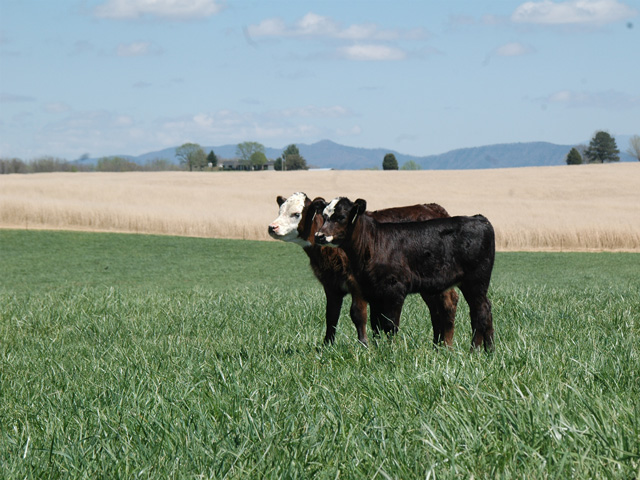Ask the Vet
Treatment for Bloat
Question
We had a calf bloat last fall, shortly after weaning. We treated him like our veterinarian told us—with mineral oil, antibiotics, frothy bloat drench, sodium bicarbonate and probiotics. He got better but bloated several more times over the next month. We thought he was finally well and put him back in the feedlot. He did fine for several weeks but bloated again. We have adjusted his diet, even tried an all-hay diet, but I have having to tube him every day. Our vet says he is a chronic bloater and we should sell him.
Answer
I agree that you have a chronic bloater. There are two types of bloat—frothy bloat and free gas bloat. Frothy bloat is more common and usually occurs when cattle are on lush pastures. Certain legumes, including alfalfa and some clovers, increase the risk for this type of bloat. Free gas bloat occurs if there is a blockage or nerve damage in the esophagus that prevents eructation. Almost certainly, this calf has free gas bloat because of nerve damage.
I recommend getting a good cattle nutritionist to look at your feeding program and rations and see if changes might be needed. Remember when mixing feed, there are at least three "rations." There's the one the nutritionist formulates, the one you think you are feeding and the one the cows eat. Measure and mix each component correctly. Overgrinding feed is a common mistake that reduces long-stem fiber and can lead to a plethora of digestive and performance issues, including bloat.
One particularly effective treatment for gastrointestinal upset is transfaunation. This involves transferring rumen contents including bacteria, protozoa and fungi from a healthy donor animal to the rumen of a sick animal.
As a last resort, a rumen fistula may control bloat until the calf can be processed. With this procedure, your veterinarian makes an incision in the left flank and into the rumen and sutures the interior rumen wall to skin.
(c) Copyright 2020 DTN, LLC. All rights reserved.
P[L1] D[0x0] M[300x250] OOP[F] ADUNIT[] T[]





